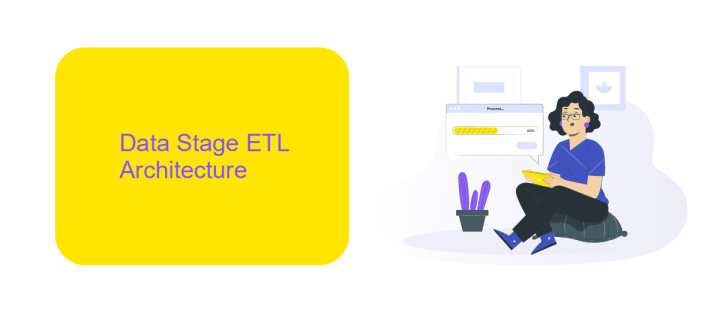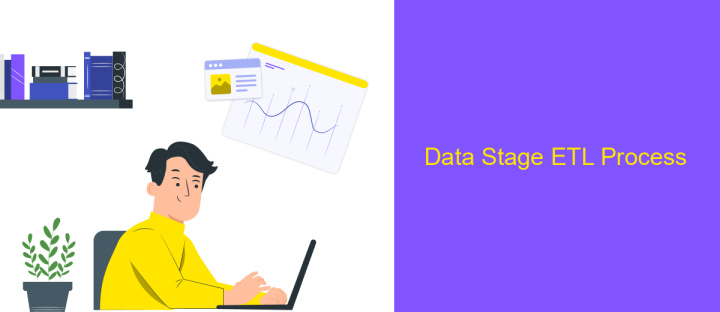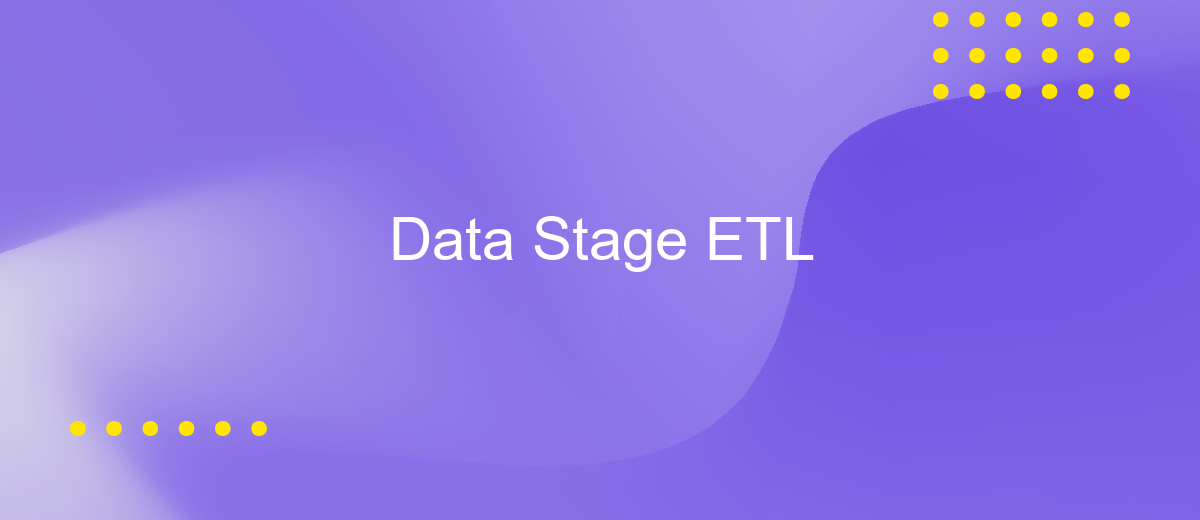Data Stage ETL
Data Stage ETL (Extract, Transform, Load) is a powerful tool used for data integration and processing. It facilitates the extraction of data from various sources, transforms it according to business rules, and loads it into target systems. This article explores the key features, benefits, and best practices of using Data Stage ETL to streamline data workflows and enhance data quality.
Introduction to Data Stage ETL
Data Stage ETL (Extract, Transform, Load) is a powerful tool used for data integration and transformation. It enables organizations to extract data from various sources, transform it into a usable format, and load it into target databases or data warehouses. This process ensures that data is consistent, accurate, and ready for analysis.
- Extract: Data is retrieved from different sources such as databases, flat files, or web services.
- Transform: The extracted data is cleaned, enriched, and transformed to meet business requirements.
- Load: The transformed data is loaded into the target system, ensuring it is ready for use.
Data Stage ETL is essential for businesses that require efficient data management and integration. Tools like ApiX-Drive can further streamline this process by automating data integration tasks, reducing manual effort, and ensuring seamless data flow between systems. With Data Stage ETL and ApiX-Drive, organizations can achieve higher data quality and better decision-making capabilities.
Data Stage ETL Architecture

Data Stage ETL architecture is designed to streamline the process of extracting, transforming, and loading data from various sources into a centralized data warehouse. The architecture typically consists of multiple layers, including the data extraction layer, data transformation layer, and data loading layer. Each layer is responsible for specific tasks, such as extracting raw data from source systems, applying business rules and transformations, and loading the processed data into the target system. This modular approach ensures that each component can be developed, maintained, and scaled independently, providing flexibility and robustness to the ETL process.
One of the key features of Data Stage ETL architecture is its ability to integrate with various external services to enhance data processing capabilities. For instance, ApiX-Drive can be utilized to facilitate seamless integration between different applications and data sources. ApiX-Drive offers a user-friendly interface and automated workflows, enabling users to set up integrations without extensive coding knowledge. This service can significantly reduce the time and effort required to connect disparate systems, ensuring that data flows smoothly through the ETL pipeline and into the data warehouse.
Data Stage ETL Components

Data Stage ETL is a powerful tool for extracting, transforming, and loading data from various sources into a target database or data warehouse. It consists of several key components that work together to ensure efficient data integration and management.
- Data Sources: These are the origins of the data, which can include databases, flat files, XML files, and more.
- Extractors: These components are responsible for fetching data from the data sources. They ensure that the data is accurately and efficiently retrieved.
- Transformers: Once the data is extracted, it needs to be transformed into a suitable format. This includes data cleaning, data enrichment, and applying business rules.
- Loaders: These components load the transformed data into the target storage, such as a database or data warehouse.
- ApiX-Drive Integration: This service helps to automate and streamline the integration process by connecting various data sources and applications, reducing manual efforts and errors.
Each of these components plays a crucial role in the ETL process, ensuring that data is accurately and efficiently moved from source to target. By leveraging tools like ApiX-Drive, organizations can further enhance their data integration capabilities, making the process more seamless and reliable.
Data Stage ETL Process

Data Stage ETL (Extract, Transform, Load) process is a crucial component in modern data management, enabling organizations to efficiently handle large volumes of data. The process begins with the extraction phase, where data is collected from various sources such as databases, flat files, and web services. This phase ensures that all relevant data is gathered for further processing.
Once the data is extracted, it moves to the transformation phase. During this stage, the raw data is cleansed, formatted, and transformed to meet the specific requirements of the target system. This may involve data validation, deduplication, and applying business rules to ensure data consistency and quality.
- Data extraction from multiple sources
- Data transformation and cleansing
- Data loading into target systems
The final phase is loading, where the transformed data is loaded into the target system, such as a data warehouse or a data lake. Tools like ApiX-Drive can be utilized to streamline the integration process, automating data transfers and ensuring seamless connectivity between various systems. This comprehensive approach ensures that data is readily available for analysis and decision-making.
Benefits of Data Stage ETL
Data Stage ETL offers a robust and scalable solution for data integration, ensuring seamless data flow across various sources and destinations. Its powerful extraction, transformation, and loading capabilities enable organizations to process large volumes of data efficiently. With advanced features like parallel processing and real-time data integration, Data Stage ETL significantly reduces the time and effort required to manage data, enhancing overall productivity and decision-making.
Moreover, Data Stage ETL provides a user-friendly interface that simplifies the configuration of complex data workflows. This ease of use is further enhanced by tools like ApiX-Drive, which facilitate the integration of multiple applications and services without requiring extensive coding skills. By leveraging such tools, businesses can automate data transfers and synchronize information across platforms seamlessly, leading to more accurate and timely insights. Overall, Data Stage ETL stands out as a comprehensive solution for modern data management needs.
FAQ
What is DataStage ETL?
How do you handle error logging in DataStage ETL?
Can DataStage ETL integrate with cloud-based services?
What are the key components of a DataStage job?
How can I automate and simplify the integration setup in DataStage ETL?
Routine tasks take a lot of time from employees? Do they burn out, do not have enough working day for the main duties and important things? Do you understand that the only way out of this situation in modern realities is automation? Try Apix-Drive for free and make sure that the online connector in 5 minutes of setting up integration will remove a significant part of the routine from your life and free up time for you and your employees.

